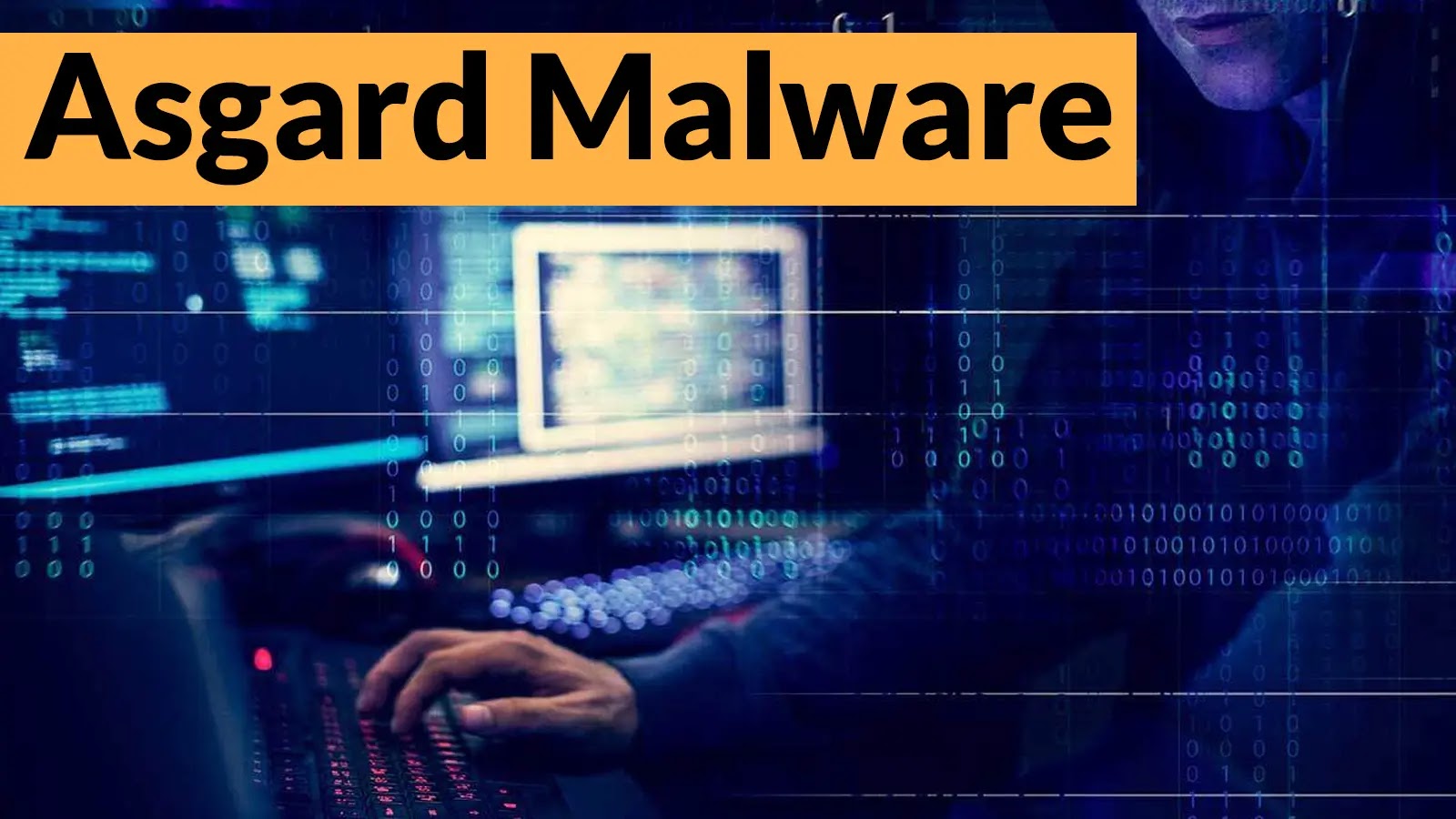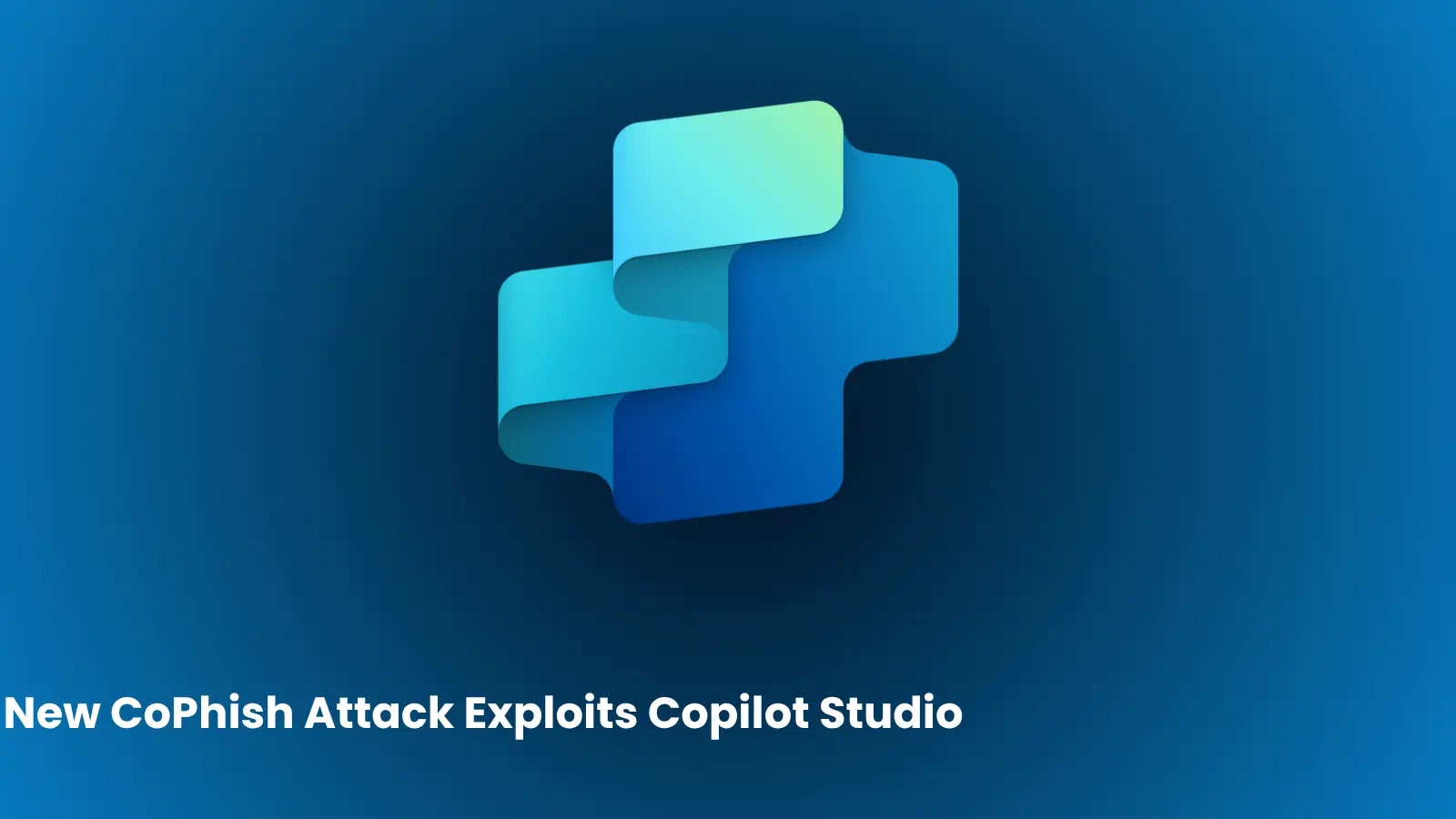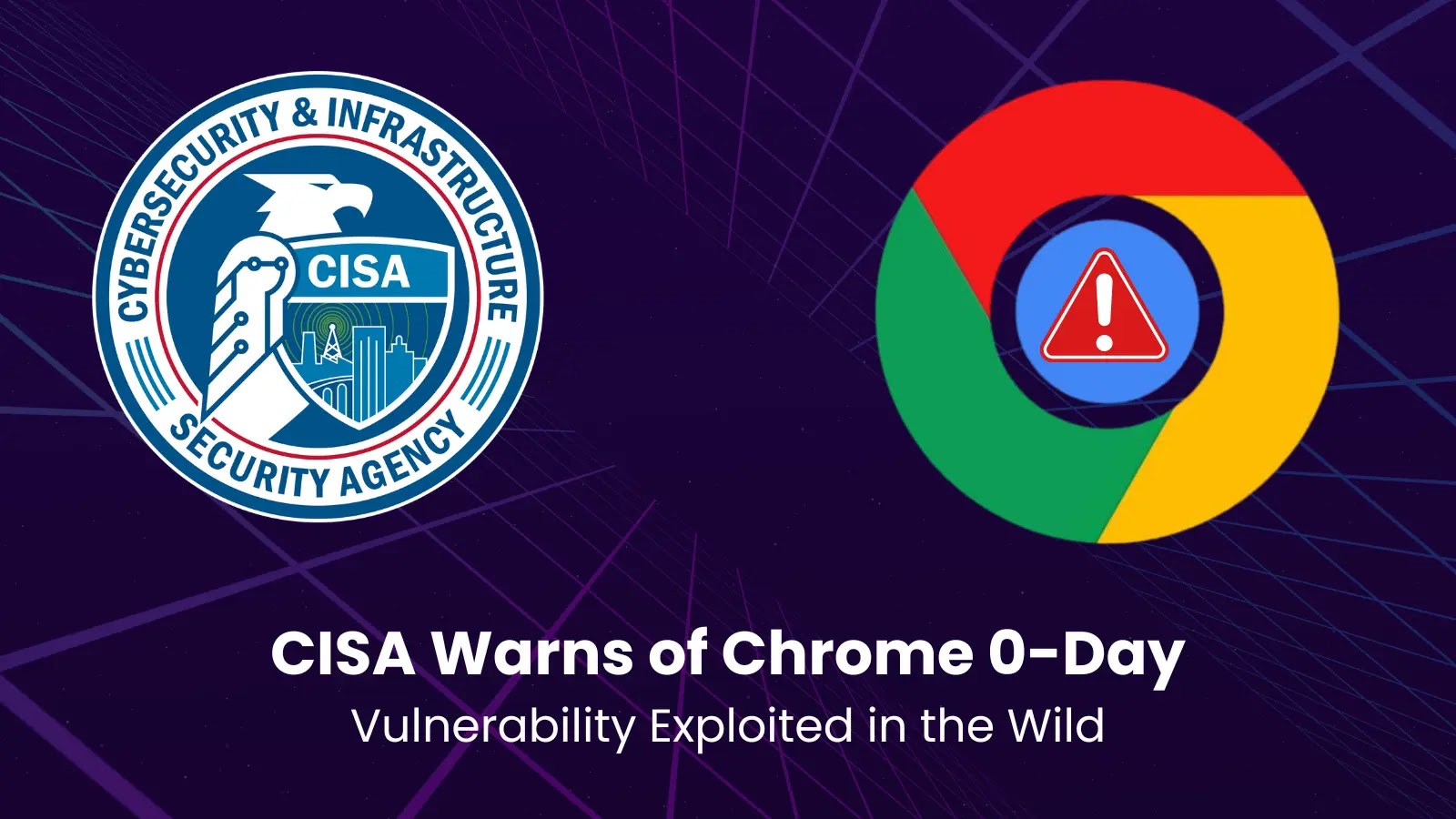In the ever-evolving landscape of cybersecurity threats, the emergence of sophisticated tools like Asgard Protector has posed significant challenges to traditional defense mechanisms. Initially surfacing on underground forums in late 2023, Asgard Protector has rapidly become a favored instrument among cybercriminals for its ability to obfuscate and deploy malicious payloads effectively. Its seamless integration with command-and-control platforms such as LummaC2 has further enhanced its appeal, enabling threat actors to wrap infostealers and remote access trojans within seemingly benign installers. This strategy not only undermines conventional antivirus defenses but also complicates incident response efforts, making detection and mitigation more arduous.
Sophisticated Multi-Stage Installation Process
Asgard Protector employs a multi-stage installation methodology meticulously designed to evade static analysis and automated detection systems. The malware typically arrives as a Nullsoft Scriptable Install System (NSIS) package, presenting itself as a legitimate software installer while concealing its malicious components within self-extracting archive structures. Upon execution, the NSIS installer extracts multiple files into the Windows %TEMP% directory, including batch scripts disguised with mismatched file extensions. For instance, critical installation scripts may masquerade as .pst files, such as Belgium.pst, deliberately misleading automated analysis tools that rely on file extension-based classification.
The extracted batch script contains heavily obfuscated code that performs multiple security checks before deploying the payload. These scripts enumerate running processes using tasklist commands, specifically searching for antivirus executables like bdservicehost, SophosHealth, AvastUI, AVGUI, nsWscSvc, and ekrn. If hostile processes are detected, the malware may alter its behavior or terminate execution entirely.
A particularly notable aspect of Asgard Protector’s evasion strategy is its reconstruction of a functional AutoIt interpreter from constituent binary fragments stored within cabinet files. The batch script uses extrac32 to extract these components, then employs findstr to locate the PE header offset, concatenating everything beyond that point to create a working autoit.exe binary. This technique effectively bypasses signature-based detection systems that scan for known AutoIt executables.
Advanced Evasion Techniques Targeting Sandbox Environments
The reconstructed AutoIt script implements sophisticated anti-analysis mechanisms specifically designed to detect and evade sandbox environments. One particularly innovative technique involves sending ICMP pings to randomly generated domain names that should not resolve under normal network conditions. In genuine network environments, these ping attempts would fail silently. However, sandbox systems often intercept and simulate network traffic, providing false positive responses to maintain the illusion of connectivity. When Asgard Protector receives unexpected ping responses, it immediately recognizes the artificial environment and terminates execution, preventing researchers from observing its actual behavior.
The malware also performs comprehensive process enumeration using targeted tasklist and findstr combinations to identify security software. Beyond standard antivirus detection, the script searches for specialized security tools, including opssvc and wrsa services, indicating awareness of enterprise-grade endpoint protection platforms.
Once environmental checks pass, the AutoIt script decrypts an embedded payload using RC4 encryption, then decompresses it using RTLDecompressFragment with the LZNT1 algorithm. The decrypted payload, most commonly LummaC2 infostealer, is injected directly into explorer.exe memory space, leveraging the trusted system process to avoid behavioral detection systems that monitor suspicious process creation.
Dominance of LummaC2 in Crypter Usage
An analysis of over 1,200 Asgard Protector samples from VirusTotal reveals concerning usage patterns that highlight the crypter’s popularity among cybercriminals. LummaC2 infostealer accounts for more than 69% of all encrypted payloads, reinforcing its position as the dominant commodity malware family. This statistic aligns with broader threat intelligence, indicating that LummaC2 continues to drive identity exposure risks despite mid-year takedown efforts.
Rhadamanthys represents the second most common payload at approximately 11% of analyzed samples, followed by various other malware families, including ACRStealer, QuasarRAT, Vidar, and Autorun Stealer. The relatively low percentage of unidentified malware, only four samples out of more than 200 analyzed, demonstrates the crypter’s preference for established, proven malware families rather than experimental or custom-built tools.
Interestingly, many antivirus vendors incorrectly classify Asgard Protector samples as CypherIT, likely due to functional similarities between these crypter families. This misclassification potentially hampers detection efforts and allows Asgard-protected malware to evade security controls calibrated for CypherIT signatures.
Recommendations for Defenders
For defenders, it is recommended to monitor for specific command sequences that indicate Asgard Protector activity, including tasklist operations immediately followed by findstr commands targeting security processes, and the use of extrac32 combined with findstr operations to locate PE headers. By understanding and anticipating these sophisticated evasion techniques, security professionals can enhance their detection and mitigation strategies against threats like Asgard Protector.



